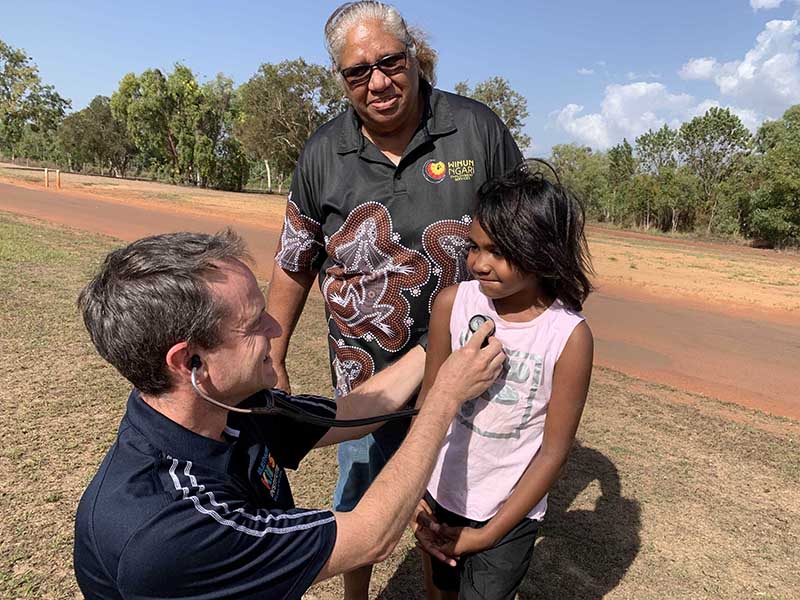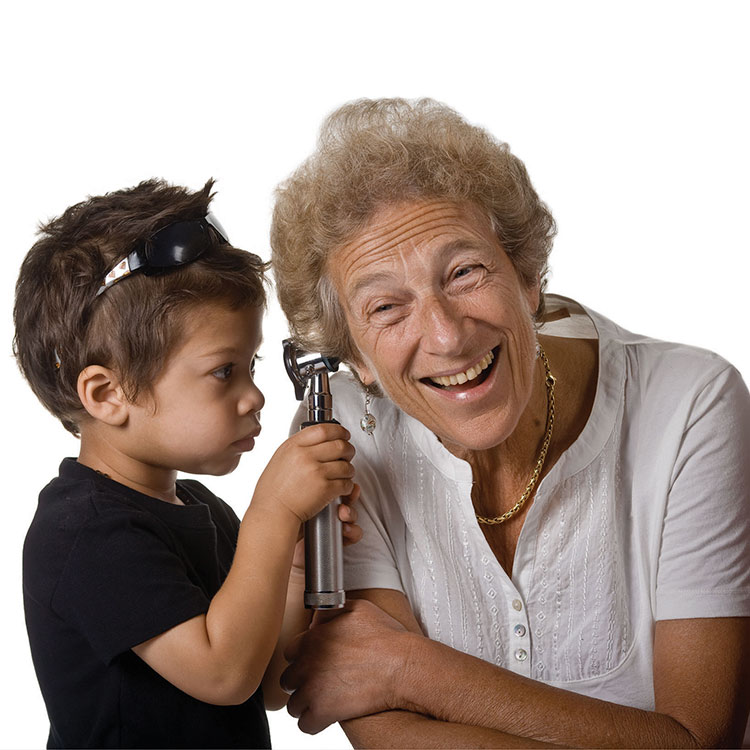Search

News & Events
Wet cough prevalence among Aboriginal children ‘concerningly high’The Kids Research Institute Australia and Perth Children’s Hospital clinician-researchers have found more than one in ten children across four remote Kimberley communities have protracted bacterial bronchitis.

News & Events
Homes crucial for healthy earsThe Kids researchers discovered that overcrowding is the strongest predictor of carriage of bacteria that cause otitis media
News & Events
Pneumonia rates improve in Aboriginal childrenNew research from The Kids for Child Health Research shows that the pneumococcal vaccine program has contributed to closing of the gap
News & Events
Little improvement in Aboriginal educational performanceThe most comprehensive survey every undertaken of Aboriginal education has found little significant improvement in outcomes for children in more than 30 years
Research
Aboriginal and non-Aboriginal children in Western Australia carry different serotypes of pneumococci with different antimicrobial susceptibility profilesDifferences in pneumococcal serotypes, genotypes, and antimicrobial susceptibility between Aboriginal and non-Aboriginal children living in the same area
Research
Knowledge translation lessons from an audit of Aboriginal Australians with acute coronary syndrome presenting to a regional hospitalThis audit is used as a case study of translating knowledge processes in order to identify the factors that support equity-oriented knowledge translation.
Research
Social Gradients in Indigenous HealthThe pattern of association between socioeconomic factors and health outcomes has primarily depicted better health for those who are higher in the social...
Research
Adjusting for under-identification of Aboriginal and/or Torres Strait Islander births in time series produced from birth recordsStatistical time series derived from administrative data sets form key indicators in measuring progress.
Research
Improving the health of First Nations children in AustraliaHealth and wellbeing of children and young people are the keys to human capability of future generations.
Research
Breastfeeding Duration and Residential Isolation amid Aboriginal Children in Western AustraliaThe objective of this study was to examine the factors that impact on breastfeeding duration among Western Australia Aboriginal children. We hypothesised...
